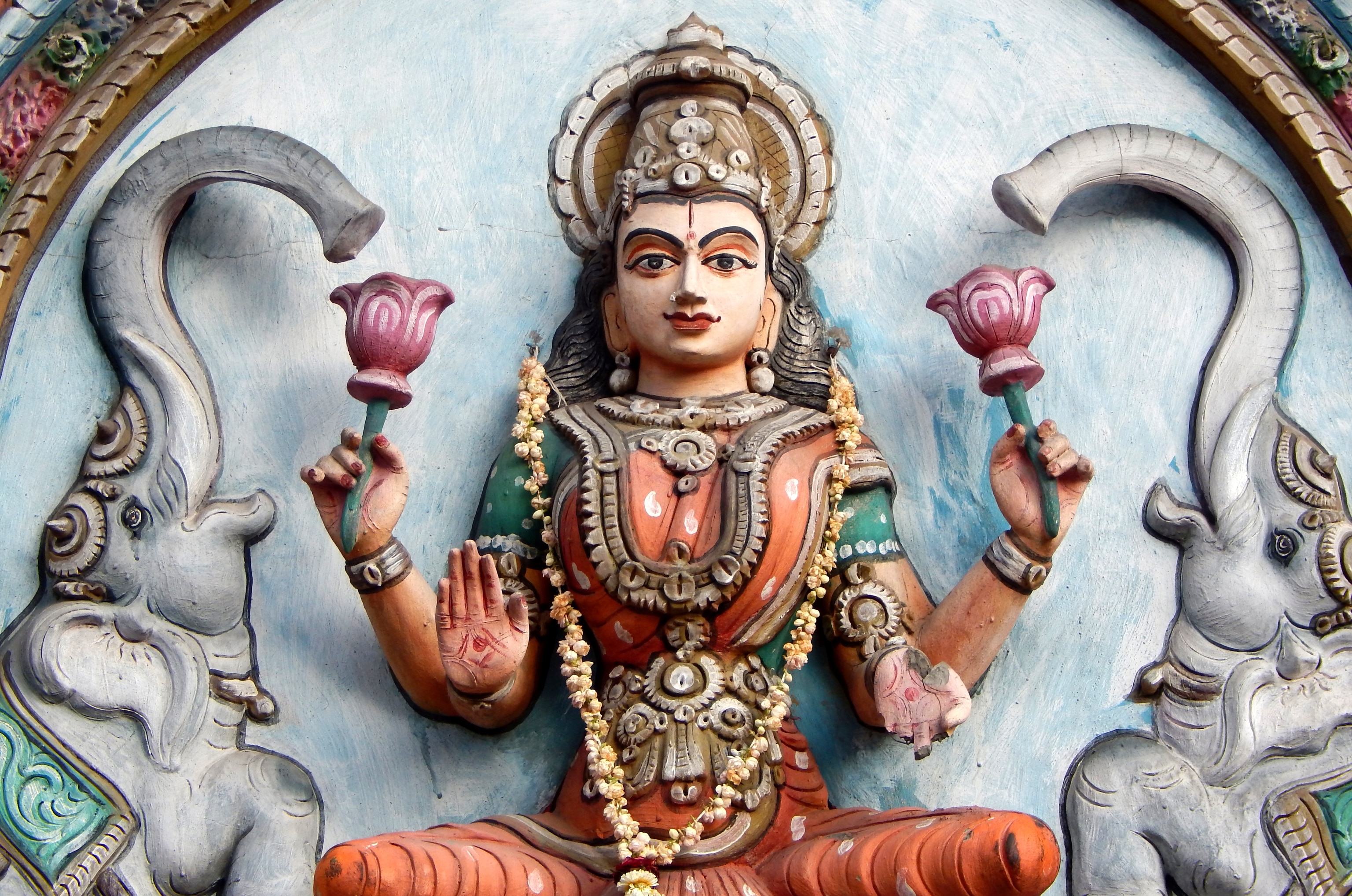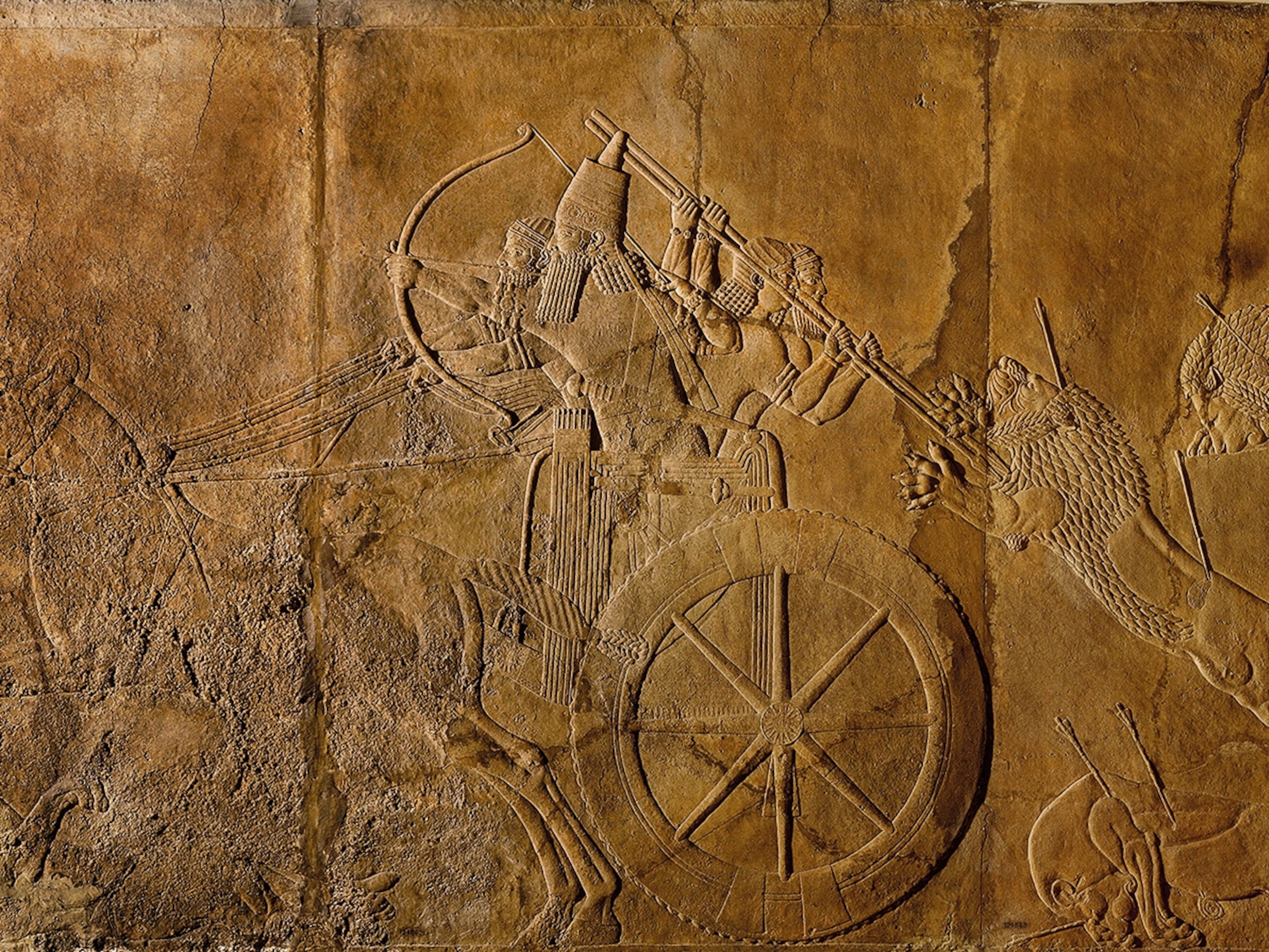
The ancient origins of ‘manifesting’—and why it’s making a comeback
Before vision boards and TikTok affirmations, ancient cultures also believed that the power of thought could reshape their reality.
Can your thoughts shape your reality? Millions of people today believe they can—thanks to the skyrocketing popularity of manifesting, a self-development practice that promises to turn desires into reality through focused intention.
But this idea isn’t new. Long before TikTok trends and self-help bestsellers, ancient civilizations from India to Egypt built entire belief systems around the power of thought. Here’s how those age-old ideas evolved—and why they’re making a comeback today.
The ancient origins of manifesting
The idea that thoughts can shape reality has deep roots in ancient spiritual traditions. Hinduism, one of the world’s oldest religions, is built on the concepts of karma—the belief that actions and intentions influence future outcomes—and the law of attraction, which mirrors modern manifestation ideas. According to Christopher Key Chapple, an Indic and comparative theology professor at Loyola Marymount University, “the law of attraction is rehashed karma theory.”
References to manifestation-like principles appear as early as the Rigveda, a 3,500-year-old Sanskrit text containing hymns that suggest thoughts and actions influence personal destiny.
(What are the ancient origins of your zodiac sign?)
Chapple adds that in later Hindu traditions, “the idea is that if you want money, you think about Lakshmi, the goddess of wealth; if you want to enhance your overall well-being and luck you participate in Ganesh Puja, (a Hindu prayer ceremony that is performed for good luck and to remove obstacles),” and so on.
In the Vedic period, sacrifices were performed for self-benefit, much like modern manifesting, which is conducted primarily for self-gain. But “later traditions, starting with the Dharma-shastra of around 500 B.C., emphasized the larger goals of service to society through the performance of Dharma and a quest for spiritual freedom”, says Chapple.
Beyond India, ancient Greece and Egypt also embraced manifestation-like concepts. Ancient Greek and Egyptian beliefs also echo today’s manifestation ideas. George Lizos, author of Ancient Manifestation Secrets, points to three concepts that refer directly to manifestation from ancient Greece and Egypt: Hermeticism, the Greek Magical Papyri, and theology.
“The reason Hermeticism is connected to manifestation is because the hermetics talk about the seven universal laws of creation”, Lizos says, which includes the law of vibration, widely known now as the law of attraction. “We can see that the seven laws of the universe are very well connected to manifestation. They just didn’t call it manifestation.”
(Paganism is on the rise—here’s where to discover its traditions.)
The Greek Magical Papyri, dating from the 100s B.C. to the A.D. 400s, is the name given to a body of papyri from Graeco-Roman Egypt. “They were used by magicians, by priests, by mystics for the direct purpose of influencing reality, and therefore manifesting,” Lizos says. “It covers everything from manifesting love, to prosperity, success, protection, and divine communication.”
Ancient Greek Orphic hymns also included an invocation, like a prayer for manifestation, at the end of each hymn, while written wishes on lead tablets—buried to bring desires to life—mirror today’s vision boards. Similarly, theology in Greek religion and Neoplatonism involved rituals to summon divine forces for guidance and support. “Essentially it was an ancient form of manifestation by specifically working with the gods and goddesses,” Lizos says.
The 19th-century movement that shaped modern manifesting
The modern concept of manifesting can be traced back to the New Thought Movement of the late 19th century. This spiritual movement emerged in the United States but drew direct influence from Hindu philosophy. “The original version of Science and Health by Mary Baker Eddy, one of the founders of the New Thought Movement, liberally quoted the Upanishads (ancient Sanskrit texts),” Chapple says. He adds that Transcendentalists such as Henry David Thoreau, Ralph Waldo Emerson, and Amos Bronson Alcott, who in turn later influenced William James and Alfred North Whitehead, also studied and quoted the Bhagavad Gita and other Hindu texts.
(We’re in Mercury retrograde. Here’s what that really means.)
New Thought philosophy promoted the belief that illness could be healed through the power of positive thinking, an idea championed by Phineas Quimby. He believed that those who were thinking more positively about their outcomes were more likely to heal—an early precursor to today’s manifestation teachings. Though the movement faded in prominence, its core concepts endured, resurfacing in various self-help and spiritual traditions.
Modern manifesting’s meteoric rise
Manifesting saw a major resurgence in the early 2000s, largely driven by Rhonda Byrne’s 2006 bestseller The Secret, which sold over 30 million copies. Celebrity endorsements—from figures like Oprah Winfrey, who credits the practice with shaping her success—helped solidify its mainstream appeal.
But it’s been in the last five years that manifesting’s truly gained renewed popularity. The COVID-19 pandemic fueled a renewed interest in self-improvement, with people turning to positive thinking to regain control over their lives. In fact, Google searches for “manifesting” increased by over 600 percent during the first few months of 2020.
Social media has also had an effect, particularly among younger generations. Today, TikTok alone hosts over 110 million posts on the subject, and in 2024, the Cambridge Dictionary named “manifesting” its Word of the Year.
Manifestation expert and author of Manifest, Roxie Nafousi, thinks the renewed rise in interest has a lot to do with the world post-pandemic but also our evolving wish to look after ourselves more. “I think that post pandemic, and in a time of economic and political uncertainty, manifesting gives people a sense of hope and agency over their lives,” she says. “I think that we are also in a time where people are so much more open to self-development and wellness.”







